Google’s latest generative AI video model, Veo, is now available for businesses to integrate into their content creation workflows. Initially introduced in May, Veo has launched in a private preview through Google’s Vertex AI platform, marking its official debut. This comes three months after OpenAI showcased its competing Sora product, but Veo has managed to reach the market first.
Veo offers the ability to generate high-quality 1080p resolution videos in various visual and cinematic styles based on text or image prompts. While the model’s initial announcement suggested that generated clips could be no longer than a minute, Google has not set any specific length limitations for the preview release. The example videos showcased in Google’s announcement are consistent with Veo’s previous demonstrations, with the quality so high that it’s difficult to distinguish AI-generated content from traditional video.
In addition to Veo’s release, Google’s Imagen 3, a text-to-image generator, will also be made available to all Google Cloud customers via Vertex AI starting next week. Imagen 3 had previously been released in the U.S. through Google’s AI Test Kitchen in August, but now it’s expanding to a wider audience. Users who are on Google’s allow list will also have access to new features, such as the ability to edit images using prompts and to customize generated images by adding personal branding, logos, products, or other unique features.
Both Veo and Imagen 3 come equipped with built-in safeguards designed to prevent the generation of harmful content and to protect against copyright infringement. However, there are concerns that these safeguards can still be bypassed. To address these issues, all content created by Veo and Imagen 3 is embedded with DeepMind’s SynthID technology, which acts as an invisible digital watermark. Google claims this watermark helps reduce misinformation and misattribution, a concept similar to Adobe’s Content Credentials system, which provides digital identification for content generated by Adobe’s own creative AI tools.
With Veo now fully operational, OpenAI finds itself lagging behind its competitors and running out of time to meet its goal of releasing Sora by the end of 2024. The rise of AI-generated content is already apparent in various industries, such as in advertisements like Coca-Cola’s recent holiday campaign. Companies are increasingly incentivized to adopt AI-driven content creation tools, as research from Google indicates that 86 percent of organizations currently utilizing generative AI have seen an increase in revenue.
The rapid advancement of generative AI tools like Veo and Imagen 3 signals a shift in how content will be created, with businesses moving quickly to take advantage of these technologies. As AI models continue to evolve, the ability to generate high-quality, customized videos and images in real-time opens up new possibilities for marketers, advertisers, and content creators alike. However, as seen with the challenges around copyright concerns and potential for misuse, it will be essential for companies to continue refining the safeguards in place to ensure responsible usage of these powerful tools.
In the competitive race between OpenAI, Google, and other tech giants, the availability of tools like Veo and Imagen 3 is expected to accelerate the adoption of generative AI across a variety of industries. With video content becoming an increasingly important part of digital marketing strategies, businesses are eager to leverage these new technologies to create compelling and engaging content that resonates with their audiences. As AI models like Veo continue to improve, the possibilities for creative expression and innovation will expand, bringing generative AI firmly into the mainstream.
